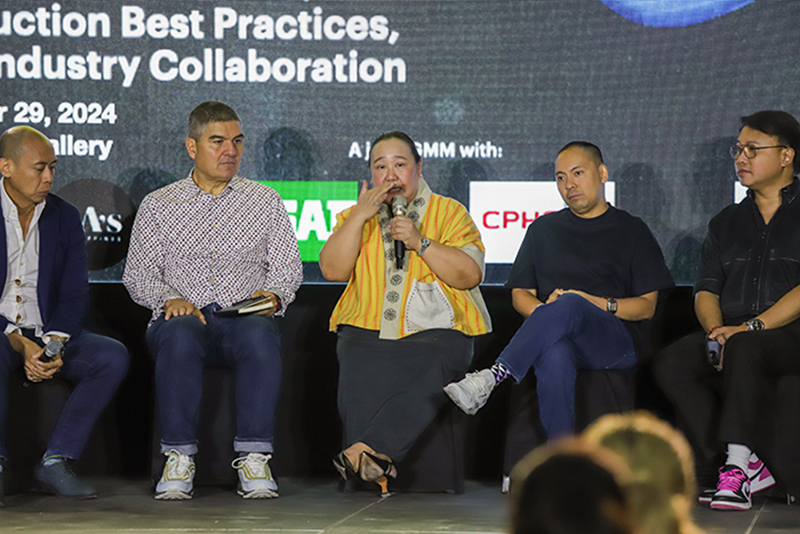Advertising industry leaders gathered last October 29, 2024, at Shooting Gallery Studios in Makati City to discuss the relevance, impact, and implications of the newly legislated Republic Act 11996—better known as the Eddie Garcia Law—on the practice of Philippine advertising.
The joint General Membership Meeting (GMM) brought together the Association of Accredited Advertising Agencies of the Philippines (4As), Advertising Suppliers Association of the Philippines (ASAP), Commercial Production Houses Group (CPHG), and Philippine Association of National Advertisers (PANA), with key members reviewing the provisions of the Eddie Garcia Law and its implementing rules and regulations (IRR), identifying challenges resulting from the law, and proposing possible solutions.
R.A.11996 was initiated by film stakeholders in 2019 following the untimely death of veteran actor Eddie Garcia caused by an accident on set. Signed into law by President Ferdinand “Bongbong” Marcos Jr. on May 24, 2024, and the IRR following on September 30, the law aims to protect the welfare of workers in the film, television, and entertainment industries. It establishes standards for worker safety, fair working hours, and health protocols, while requiring clear definitions for terms such as “out-of-town shoots,” written contracts for workers, health committees on set, and the submission of production details to the Department of Labor and Employment (DOLE) at least 24 hours in advance.
Though primarily targeted at the film and television sectors, the law’s provisions also extend to advertising as they affect any content that is filmed and broadcast—whether that be a full-length movie, a 30-second commercial, a corporate audiovisual presentation, or branded video content on social media. The overlap means the advertising industry must now adapt its practices to comply with the new regulations.

“We have to understand the law because we want to continue to work in a fair, safe, healthy, and respectful environment,” said Madonna Tarrayo, President of UXS Inc. and of CPHG, and Chairman of ASAP. “In order for all of us to thrive, we need a concerted effort, a collaborative effort, involving all stakeholders in the ad industry.”
“This implies a paradigm shift for all of us, not just for those in production,” added Paolo Villaluna, Director General of the Film Academy of the Philippines. “The Eddie Garcia Law will affect everyone in advertising, from agencies to clients, pushing us to change our ways of working to ensure we protect our workers as they deliver creative outputs. There will be big changes.”
The main presentation was followed by an in-depth panel discussion with sectoral representatives from the industry weighing in on the challenges and solutions for implementing the measures prescribed by the law.

“I think the advertising industry already has a strong foundation of discipline, fairness, and respect for people’s time and effort. While this law is primarily designed for film and TV, we support its principles and can adapt its provisions within our industry-specific processes. It’s vital, however, we collaborate to ensure compliance. We should lead the way in upholding these standards ourselves,” said Margot Torres, Managing Director of McDonald’s Philippines.
The discussion also touched on creating a task force with immediate action plans, including developing educational programs to raise awareness of the law among stakeholders, enforcing self-regulation, and exploring industry-wide certification for certain production roles to ensure compliance.
“There is a temptation to push creative and production limits because we all have dreams, hopes, and ambitions for our projects. Some might now feel constrained by the new law, but we need it for the benefit of our workers,” said David Guerrero, Creative Chair of BBDO Guerrero. “It’s going to be a challenge, but we can get good, or even better results if we just work together and focus on what we can do with what’s available to us.”
By fostering dialogue, prioritizing education, and committing to compliance, the advertising industry can turn these new regulations into opportunities—ensuring a safer, more sustainable environment that supports both creative vision and the well-being of all involved.




